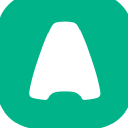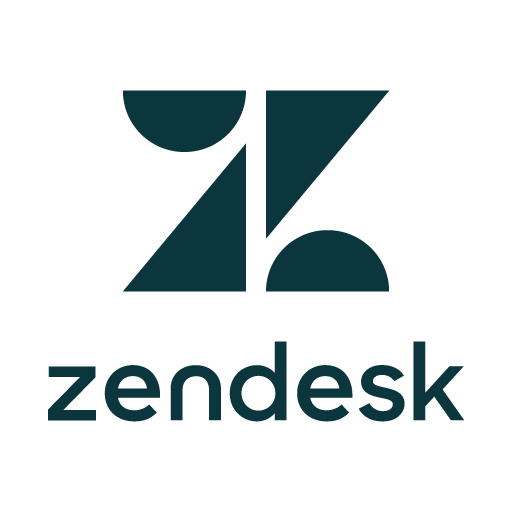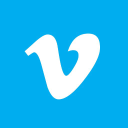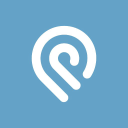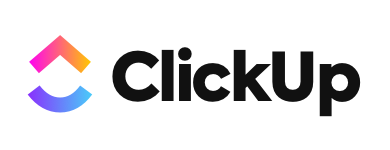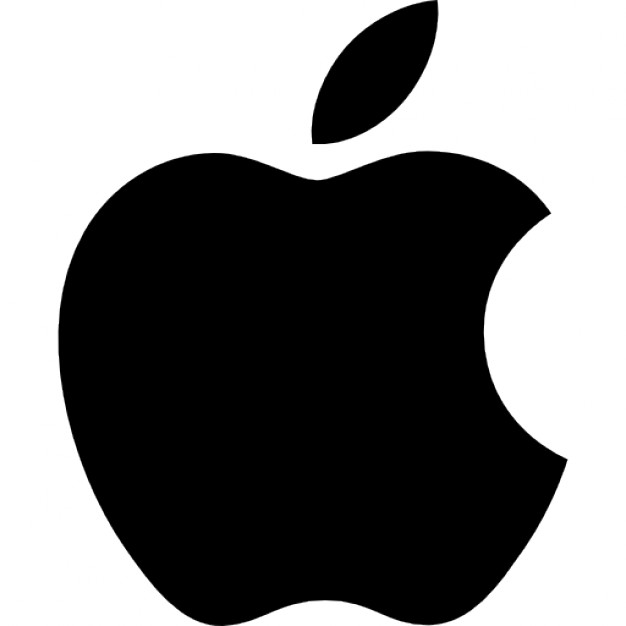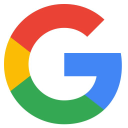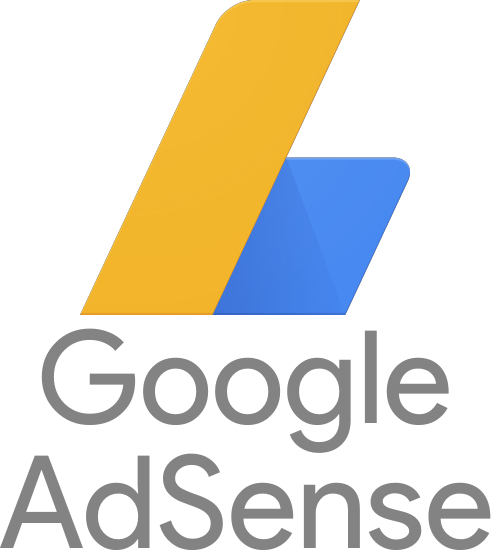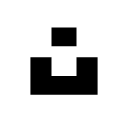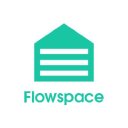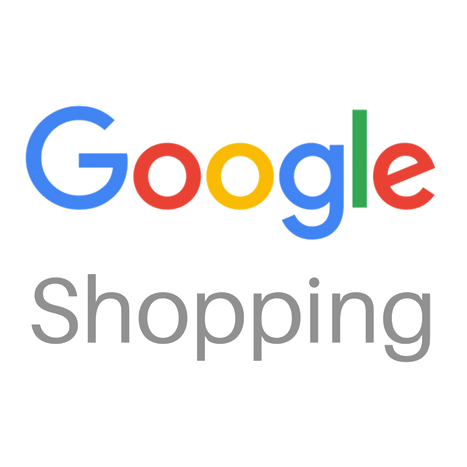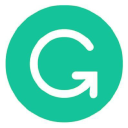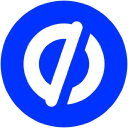How We Created The World's Only RV Permanent Jack Pad
Hello! Who are you and what business did you start?
Origen RV Accessories makes and sells the world’s only permanent jack pad, a new product category in the RV industry. We began by selling SnapPads exclusively to the luxury end segment of RVs (Class A Motorhomes and Fifth Wheels), but have gradually added new versions across other segments, including Class C, Class B, and smaller towables.
In our first year of operation, we grossed over USD 130,000 and have grown by an average of 124% year-over-year since then. Our catalog now includes over 40 SKUs and our product lines are carried by six major distributors, numerous online resellers, and more than 300 RV dealerships. During our last consumer survey, our company recorded a Net Promoter Score (NPS) of 88.


Download the report and join our email newsletter packed with business ideas and money-making opportunities, backed by real-life case studies.

Download the report and join our email newsletter packed with business ideas and money-making opportunities, backed by real-life case studies.

Download the report and join our email newsletter packed with business ideas and money-making opportunities, backed by real-life case studies.

Download the report and join our email newsletter packed with business ideas and money-making opportunities, backed by real-life case studies.

Download the report and join our email newsletter packed with business ideas and money-making opportunities, backed by real-life case studies.

Download the report and join our email newsletter packed with business ideas and money-making opportunities, backed by real-life case studies.

Download the report and join our email newsletter packed with business ideas and money-making opportunities, backed by real-life case studies.

Download the report and join our email newsletter packed with business ideas and money-making opportunities, backed by real-life case studies.



